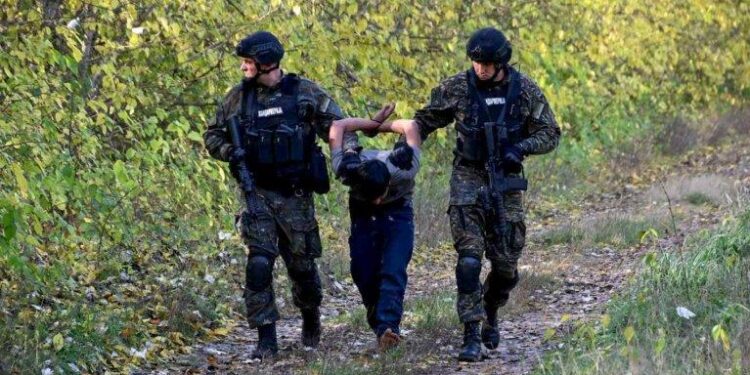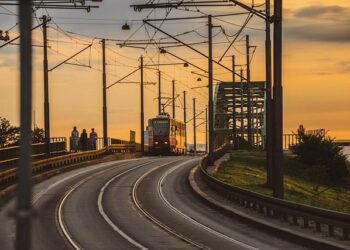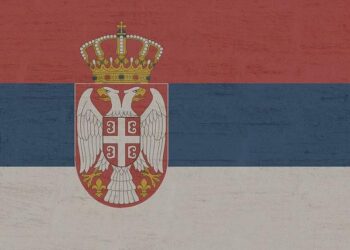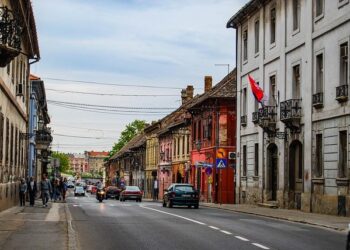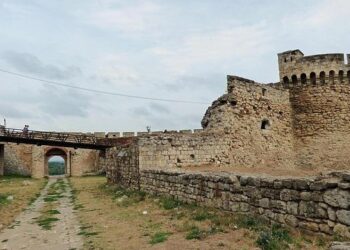Serbian police arrested dozens of protesters following violent clashes during antigovernment demonstrations in the capital, Belgrade. The confrontations erupted as thousands took to the streets to voice their grievances against the ruling administration, highlighting ongoing political tensions in the country. The authorities responded with a heavy-handed approach, prompting concerns from human rights groups and opposition leaders about the suppression of dissent. This latest episode underscores the deepening divide within Serbia’s society amid calls for greater transparency and reform.
Serbian Authorities Detain Dozens Amid Rising Tensions in Antigovernment Protests
Amid escalating street protests, Serbian police have detained more than 40 individuals suspected of inciting violence and disrupting public order. The unrest, triggered by political dissatisfaction and economic grievances, has seen protesters clashing with law enforcement across the capital and several other cities. Authorities reported the use of tear gas and water cannons to disperse crowds as tensions soared into the night.
Key points surrounding the current unrest include:
- Mass detentions: Over 40 people held, including activists and bystanders
- Security measures: Increased police presence in major urban centers
- Government response: Calls for calm while condemning violent acts
| City | Number of Detainees | Reported Injuries |
|---|---|---|
| Belgrade | 25 | 12 |
| Novi Sad | 10 | 5 |
| Niš | 8 | 3 |
Analysis of Protester Demands and Government Response Strategies
The protesters’ demands center primarily on calls for greater government transparency, a halt to perceived authoritarian measures, and the establishment of more independent judicial oversight. Many demonstrators have also expressed frustration over economic hardships, urging reforms that would address unemployment and corruption. Their slogans highlight a broader desire for democratic reforms and protection of civil liberties, reflecting a growing disillusionment with current political leadership. Key demands include:
- Resignation of key government officials linked to corruption allegations
- Independent investigations into previous crackdowns on dissent
- Improved social welfare policies to tackle rising poverty
- Free and fair electoral processes ahead of upcoming elections
In response, government authorities have adopted a dual approach combining assertive security measures with limited concessions. Police forces have intensified crowd control tactics, utilizing arrests and dispersal strategies to contain the protests. Simultaneously, select officials have issued statements promising dialogue, though critics argue these efforts lack substantive follow-through. The following table outlines major response tactics and their public reception:
| Government Strategy | Description | Public Reaction |
|---|---|---|
| Increased Police Presence | Deployment of special units and detainment of protesters | Widely condemned as excessive force |
| Political Statements | Calls for calm and promises of dialogue | Viewed skeptically; perceived as insufficient |
| Limited Policy Proposals | Announced reforms addressing economic concerns | Considered too vague by opposition groups |
Recommendations for De-escalation and Protecting Civil Liberties During Political Unrest
As protests intensify, authorities must prioritize methods that reduce tension while respecting citizens’ rights. Key strategies include:
- Engaging in dialogue with community leaders and protest organizers to address grievances before situations escalate.
- Implementing clear communication channels to keep the public informed, avoiding misinformation and panic.
- Employing non-violent crowd control techniques that limit the use of force and prioritize de-escalation over confrontation.
Safeguarding civil liberties amidst unrest must remain a cornerstone of democratic response. Law enforcement agencies should operate within legal frameworks and transparency protocols, including:
| Action | Purpose |
|---|---|
| Body cameras and recording | Ensure accountability and prevent abuses |
| Independent monitoring | Provide unbiased oversight of interventions |
| Legal assistance availability | Protect protesters’ rights throughout detention processes |
Insights and Conclusions
As tensions continue to simmer across Serbia, the recent clashes between police and antigovernment protesters underscore the deep divisions within the country. With dozens arrested and unrest showing little sign of abating, both authorities and demonstrators appear locked in a standoff that could shape Serbia’s political landscape in the coming weeks. International observers and local communities alike will be watching closely as the situation unfolds.


